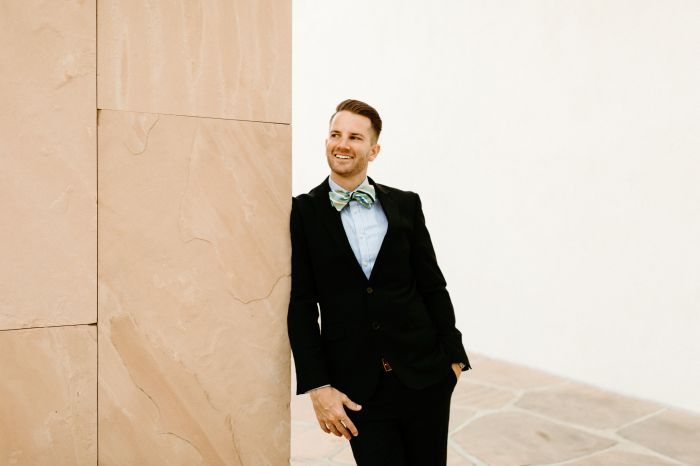
There are many consequences of being bullied, most of which leave a lasting impression on the person and family members. While it can lead to poor self-esteem and withdrawal from school and everyday activities, it can also lead to self-harm and suicide. Parents must know all they can about bullying. What they don't know about it could be hurting their children or, at the very least, not helping them get through it healthily. The more parents know about it, the better off their children will be in the fight against it.
"We all know that bullying exists, but most of us are not sure how to identify it or what to do about it," says Kirk Smalley, co-founder of Stand for the Silent. "We have to improve as a nation in preventing and addressing it so that our children don't suffer."
Smalley knows all too well the suffering that bullying can lead to. His 11-year-old son committed suicide due to bullying, which led him to start the organization to help raise awareness for other families. The facts surrounding suicide and our youth are eye-opening and something that everyone should be aware of.
According to the Centers for Disease Control and Prevention (CDC), suicide is a severe public health challenge. It is the second leading cause of death in those ages 10-24, making up 15% of all suicides. From 2000 to 2021, there was a 52% increase in the number of suicides among this age group, and there is also a high rate of emergency department visits for self-harm.
There are things parents, teachers, and others in the community need to know about bullying so they can help protect kids and teens. They must know how to recognize it, what actions to take when they identify it, how to discuss it with their kids, and where to get additional support. Stand for the Silent offers the information parents need to help navigate the situation, including giving community talks and seminars and offering downloadable guides on their website.
Here are crucial signs that your child may be being bullied and what to do about it:
Sudden changes in school attendance, avoiding recess, or being withdrawn.
Complaining of headaches, stomach aches, or a loss of appetite before going to school and returning home.
Having difficulty concentrating, displaying signs of anxiety or depression, or talking about running away or suicide.
Has a noticeable difference from other students or a learning disability.
Lacks the ability to be self-assertive or has insufficient social skills and body language, reflecting low self-esteem.
Has injuries and does not provide clear explanations of how they obtained them.
If a child is being bullied, be prepared to take action. First, ensure the child is okay and remove them from the situation. Ensure they know they are supported and cared about and in a safe space. Next, get the facts about what happened and document them. Then, take action to report the bullying to the school and possibly authorities and monitor the response that is being taken. If not much is done, take it further up the chain of command until something is done to address the situation. Some families may also consider taking legal action, depending on the situation.
"We have to all come together to end this problem in our country," adds Smalley. "Parents, teachers, community members, and students should all be aware and work together to prevent and address it. We help people learn how to do that.”
Smalley and his wife, Laura, started the organization following their 11-year-old son, ending his own life due to bullying. They turned their pain and loss into a mission of helping others. He travels the country giving presentations about bullying to schools, providing bullying prevention, giving out scholarships, offering intervention strategies, and more. Those interested in getting involved can start a chapter of the group in their area, obtain a free K-2 bullying prevention curriculum or cyberbullying handbook for parents, host a presentation at their school, intro of how all started video, and donate to help support the cause. To get more information, visit the site at: https://standforthesilent.org/















